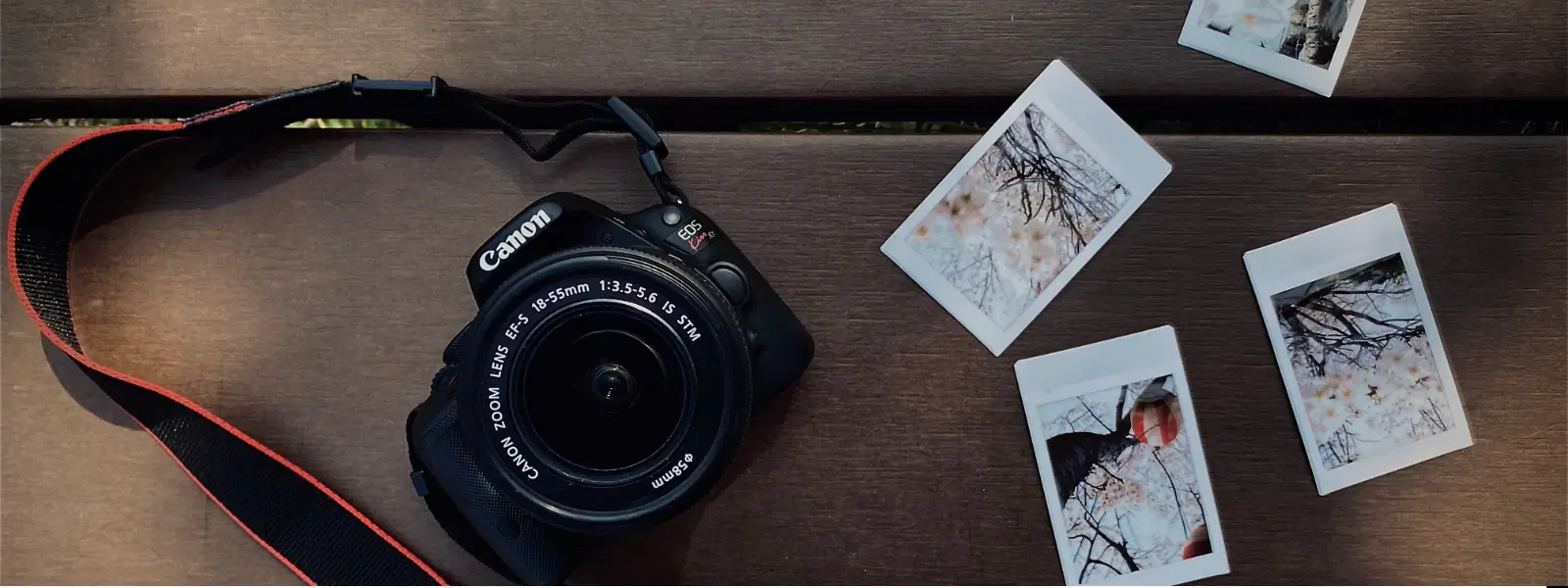
Consumer Electronics
•05 min read
(15)-937aaf4b-b214-4ac3-a81c-a828a88960b9.png&w=3840&q=75)
Visual storytelling is at the heart of every memorable film and photograph. Whether you're a budding filmmaker or an avid photographer, understanding the 7 types of camera shots can elevate your creative projects. Exploring various cinematic shots not only enhances your narrative but also provides a unique way to express emotions and ideas. With the convenience of exploring and purchasing cameras and accessories on Tata Neu, you can begin your journey into filmmaking equipped with the best gear and unbeatable NeuCoins rewards.
An establishing shot is the wide-angle view that sets the stage for your scene. This camera shot type serves to provide context by showcasing the environment and establishing the spatial relationship between various elements within the frame. Used predominantly in outdoor scenes or busy cityscapes, it orients the audience before the narrative unfolds. Classic films use this technique to create an immediate sense of location and tone.
The long shot captures the subject from a distance, offering a comprehensive view of the scene. This film shot technique is perfect for highlighting actions in a broader context or capturing the scale of an environment. Video shooting tips for long shots include choosing a location with interesting background features and using a tripod for stability. This shot is ideal when you want to introduce the surroundings and allow the audience to digest the spatial dynamics of the scene.
Falling between the extremes of long and close-up shots, the medium shot provides a balanced view of the subject along with some background. Commonly used in dialogue scenes, it offers clarity to the expressions while still connecting the subject to their environment. Techniques to enhance medium shots include careful framing and ensuring consistent lighting to bring out the nuances in the subject's mood.
This shot type focuses on the subject’s face or a particular detail, drawing the viewer’s attention to important emotions or objects. The close-up is a pivotal photography shot type because it leaves little to the imagination; every wrinkle, tear, or smile becomes a narrative tool. Best practices for close-ups include ensuring proper focus to capture the emotional depth and using shallow depth-of-field for a dramatic effect.
-811ecd88-361a-428a-bc3e-043ff8e234e7.png&w=3840&q=75)
Taking detail to an even finer level, the extreme close-up isolates a specific feature of the subject – such as an eye or a hand – to convey intense emotion or narrative symbolism. It requires precise camera settings and lighting adjustments to avoid losing clarity. Some technical tips include using a high-quality lens and macro settings to truly capture the subtleties of the subject.
An over-the-shoulder shot frames the subject by capturing the perspective from behind a character’s shoulder. This style is particularly effective in dialogue scenes, where it helps establish a connection between speakers while highlighting their emotions and reactions. When setting up an over-the-shoulder shot, pay close attention to the background details to avoid distractions and maintain viewer focus on the interaction.
This shot immerses the viewer into the character’s perspective, offering a firsthand look at what they see. A well-executed POV shot is a powerful tool for drawing audiences into the narrative, as it creates a feeling of participation within the scene. Camera angles in POV shots often require careful planning to ensure that the transition between scenes remains smooth and engaging.
Did You Know? Integrating diverse camera shots not only enhances visual storytelling of your films, but it also provides audiences with varying perspectives. Experimenting with different movie shot styles can lead to surprising outcomes and innovative narratives.
-f8fe8dd9-cfbd-45ca-9f27-d52941751609.png&w=3840&q=75)
The 7 types of camera shots are: Establishing Shot, Long Shot, Medium Shot, Close-Up Shot, Extreme Close-Up, Over-the-Shoulder Shot, and Point of View (POV) Shot.
Different camera shots set the tone, highlight emotions, and provide necessary context, all of which drive the narrative forward. They help in creating mood, emphasising details, and controlling the pace of the story.
For beginners, mastering the medium shot is key as it provides a balanced framework for both the subject and their surroundings, making it the foundational step for understanding more complex shots.
Practice by experimenting with various subjects and environments. Analyze popular films, rehearse with different lighting setups, and try replicating scenes using the camera shot guide techniques discussed above.
You can explore a wide selection of quality cameras and accessories on Tata Neu. With benefits like NeuCoins rewards and the convenience of both online and offline shopping, finding the right gear to practice filmmaking shots becomes effortless.
Understanding these different camera shots is essential for anyone passionate about filmmaking and visual storytelling. Experiment with these techniques and observe how each shot influences the viewer's perception. Remember, the seamless integration of creative elements and technical skills can bring your cinematic vision to life.
Enhance your journey towards cinematic mastery by exploring Tata Neu, where you can shop smartly, earn NeuCoins on every purchase, and enjoy a rewarding shopping experience with Express Delivery available in selected locations. We invite you to leave your thoughts, ask questions, and check out more insightful blogs on photography and filmmaking tips.